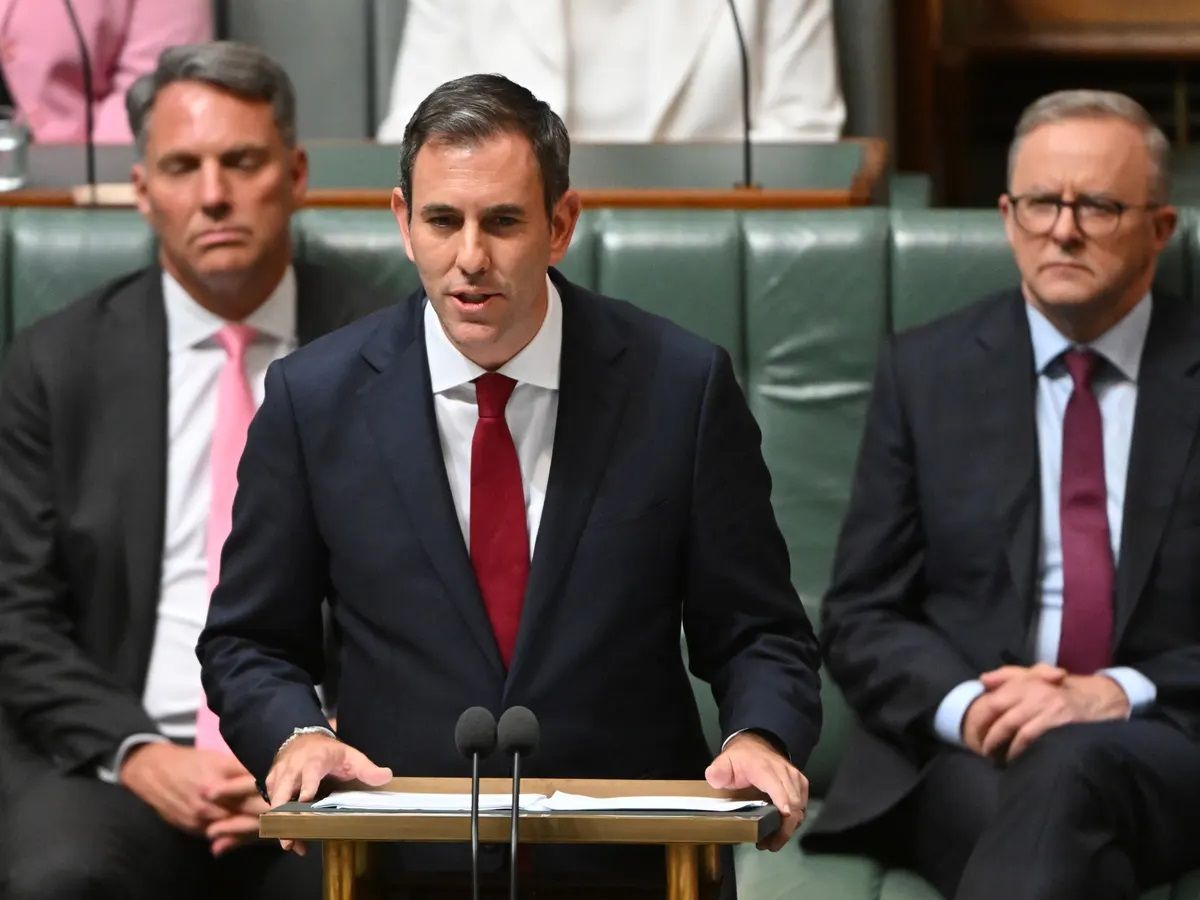Is the RBA to blame? The economic state of play
The politicians have weighed in on the Reserve Bank of Australia’s economic policy and their reticence to reduce interest rates in the face of community pressure. We look at what the numbers are really showing.
Treasurer Jim Chalmers has stated that global uncertainty and rate rises are “smashing the economy”.
Former Treasurer Wayne Swan weighed in and told Channel 9 that the RBA was, “putting economic dogma over rational economic decision making, hammering households, hammering Mums and Dads with higher interest rates, causing a collapse in spending and driving the economy backwards” and that the RBA was, “simply punching itself in the face.”
Australian mortgage holders and renters have had no relief from interest rates following 13 successive interest rate rises to the official cash rate since May 2022.
The Reserve Bank’s position and the flow through effects
The Reserve Bank of Australia (RBA) Board opted to maintain the official cash rates at 4.35% at its September Board meeting. The rationale is that inflation remains persistently high and has been for the last 11 quarters. The consumer price index (CPI) rose 3.9% over the year to the June quarter and remains above the RBA’s target range of 2-3%.
But, it is not persistently high inflation that is causing the politicians to weigh in. RBA Governor Michele Bullock has warned that “it is premature to be thinking about rate cuts” and “the Board does not expect that it will be in a position to cut rates in the near term.”
The Australian Bureau of Statistics (ABS) June Quarter National Accounts paint a bleak picture of the Australian economy. Per capita GDP fell for the sixth consecutive quarter by -0.4% to -1.5%. The longest consecutive period of extended weakness ever recorded.
Household spending weakest since COVID Delta
Household spending fell by -0.2% in the quarter, the weakest growth rate since the Delta-variant lockdown affected September quarter 2021.
Discretionary spending – travel and hospitality impacted most
The ABS says that we spent less on discretionary items (-1.1%), particularly for events and travel. It will come as no surprise that spending on hotels, cafes and restaurants was down 1.5%. Spending on food also fell -0.1% as households looked to reduce grocery bills.
Household savings lowest since 2006
The savings ratio remains low. Households saved only 0.9% of their income over the year. This was the lowest rate of annual saving since 2006-07. Net savings reduce when household income grows slower than household spending.
Economic growth from Government spending
The Australian economy did grow by 0.2%, the eleventh consecutive quarter of growth but the growth rate was unimpressive. The ABS says that, “the weak growth reflects subdued household demand, which detracted 0.1 percentage points from GDP growth while government consumption contributed 0.3 percentage points, the same contribution to growth as previous quarter.”
Government spending increased by 1.4% over the quarter. Commonwealth social assistance benefits to households led the rise, with continued strength in expenditure on national programs providing health services. State and local government expenditure also rose with increased employee expenses across most states and territories.
The RBA’s position on interest rates
The RBA is on a narrow path. It’s trying to bring inflation back to target within a reasonable timeframe while preserving the gains in the labour market over the last few years. The RBA expects to reach this target range by the end of 2025.
Through 2022 and 2023, most components of the CPI basket were growing faster than usual (the CPI is literally a basket of 87 types of expenditure across 11 groups such as household spending, education and transport.) Over the last 18 months, the price of goods has come down as supply disruptions like COVID-19 and the war in Ukraine have eased, and are now growing close to the historical average.
The key problem areas are housing costs and services. In housing, the growth is from increased construction costs and strong increases in rent. For services, while discretionary spending is down, as we can see from the June National Accounts, inflation in this category remains high at 5.3% to the June quarter. Wage increases and lower productivity, combined with the increased costs of doing business (electricity, insurance, logistics, rent etc) are all impacting.
The RBA is keen to point out that inflation causes hardship for the most vulnerable in our community. Lower income households tend to allocate more of their spending towards essentials, including food, utility bills and rent. Higher income households tend to spend more on owner-occupied housing as well as discretionary items such as consumer durables.
Younger households and lower income households have been particularly affected by cost-of-living pressures.
Thinking outside the box.
Our thinking doesn’t
just deliver value.
It saves you time.
It’s more than just reducing expenses or helping you improve profitability today. It's about fast tracking your success by taking the time to build a shared vision of your best future. Backed with dedicated and unparalleled team industry leading expertise, empowering you with the tools and guidance to make informed decisions, streamline your financial processes, raise the bar on what’s possible and help you achieve your business goals more efficiently.
The most valuable thing to our success is you. The most valuable thing to you is time.
Where knowledge meets
understanding in tax solutions.

With 35 years of experience, we know that a good business stems from the roots; from our people.
We offer a unique combination of taxation, accounting, financial and advisory services tailored to the individual requirements of your business.
The contents of this website should be read in conjunction with the Terms & Conditions and Privacy Policy.
LIABILITY LIMITED BY A SCHEME APPROVED UNDER PROFESSIONAL STANDARDS LEGISLATION
Liability Limited by a Scheme Approved under Professional Standards Legislation






